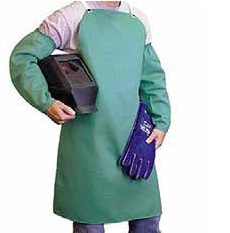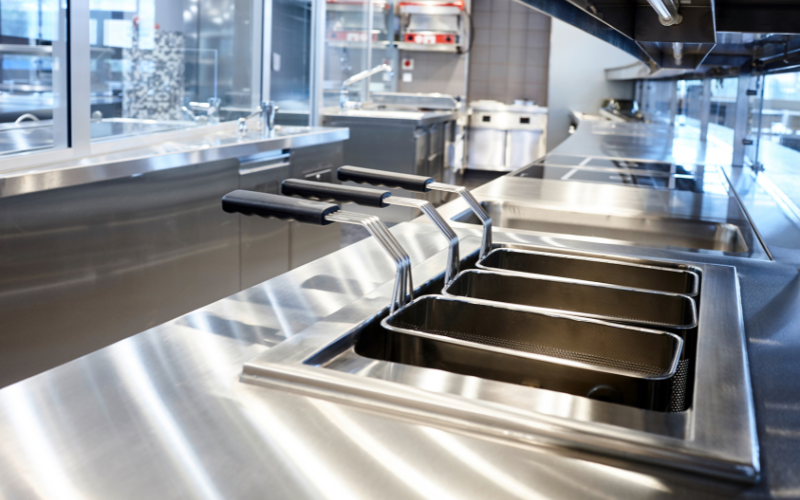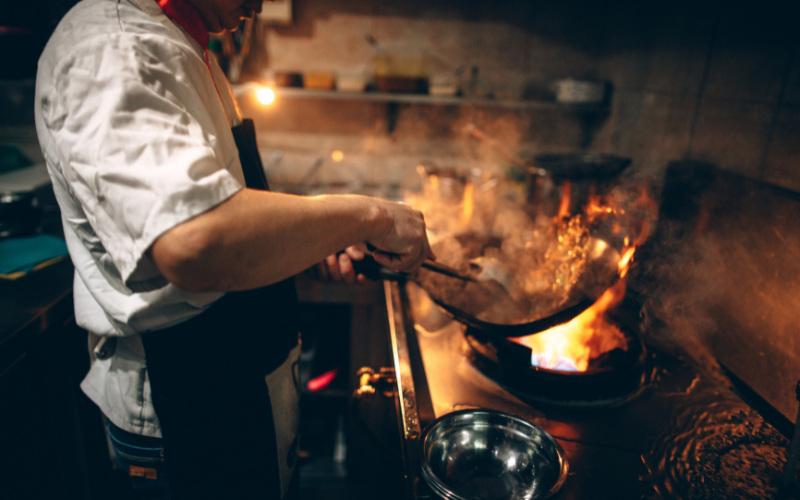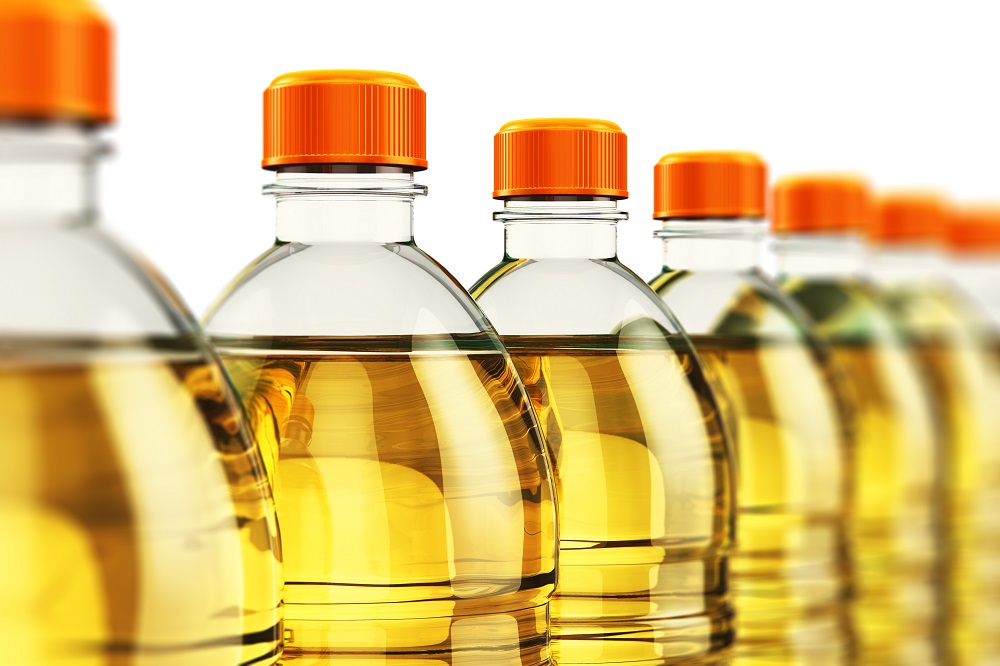Those who work in commercial kitchens are used to working with cooking oil. It is a necessary component used in almost all food establishments and workers in the kitchen handle cooking oil in one way or another on a daily basis. The handling of cooking oil becomes so much of a routine that those handling it may not pay as much attention as they should. It is important to remember that cooking oil is dangerous, especially when hot, and all workers in commercial kitchens need to pay attention and adhere to the best practices when handling cooking oil for their safety.
Every commercial kitchen should have the process of handling cooking oil spelled out step by step so that their employees know how to handle it safely. Taking shortcuts when it comes to handling cooking oil is dangerous. The temperature of cooking oil when in the deep fryers can reach 600 degrees F which is hot enough to cause severe third-degree burns. Even when the oil is not hot, spills will increase the risk of slips and falls that can cause serious injuries.
Commercial kitchens can become very busy at certain times of the day but no matter how busy it gets; the cooking oil must always be handled properly. Anyone who does not use the best practices to handle cooking oil safely are putting themselves and everyone around them at risk. If you run or work in a commercial kitchen, make sure you always adhere to these best practices to ensure cooking oil safety in your workplace.
Use Proper Safety Attire
 Hot cooking oil can cause third degree burns if it comes into contact with your skin. When emptying and refilling the frying oil, or transporting and discarding used cooking oil, it is very important to wear protective gear that does not leave any skin exposed. Your safety attire should include the following:
Hot cooking oil can cause third degree burns if it comes into contact with your skin. When emptying and refilling the frying oil, or transporting and discarding used cooking oil, it is very important to wear protective gear that does not leave any skin exposed. Your safety attire should include the following:
- Gloves: Wear gloves that are heat resistant and extend beyond your wrist to protect against splashing oil.
- Mask: Wearing a full mask will protect your face from splashes from the oil.
- Full body apron: Make sure you wear a full body apron made from heat resistant heavy rubber to protect your upper and lower body.
- Closed toe shoes: You can reduce your risk of falls and burns by wearing closed toe shoes or work boots with heavy treaded soles.
Safety Tips for Handling Cooking Oil
Because mishandling cooking oil can lead to severe burns and other injuries, it is very important for anyone handling cooking oil to always follow these safety tips:
- Read and follow manufacturer instructions: You must read and follow the recommendations from the manufacturer on all equipment when refilling, filtering, storing, or disposing of cooking oil.
- Never touch hot cooking oil: As mentioned above, cooking oil can be as hot as 600 degrees F which can cause third degree burns. Do not ever touch hot cooking oil.
- Wait for cooking oil to cool: You should never try to handle used cooking oil until it has had a chance to cool. Even after it has cooled, it can still be pretty hot, so use caution and avoid direct contact.
- Wear the proper attire: You should always wear the safety attire discussed in the section above when handling cooking oil which includes a face mask, gloves, closed toe shoes and a full body apron.
- Use the proper equipment when transporting oil: Used cooking oil must be transported using the proper equipment, never in unapproved containers like pots and buckets with a high risk of spilling. Mahoney provides oil handling equipment including the Mahoney Shuttle, Portable Filler Machine, or Caddy, so you can safely transport cooking oil without spilling it.
- Clean oil spills right away: Cooking oil leaks and spills can be dangerous, even if the oil is not hot. Spilled oil needs to be cleaned up right away to prevent slips, burns, and odors. The most effective way to clean up spilled cooking oil is with cat litter, absorbent towels, or Oil-Dri.
- Talk to your co-workers: Communication is important when it comes to handling used cooking oil. Make sure your co-workers know when you are refilling or transporting cooking oil so they can react appropriately.
- Keep safety equipment on hand: There should always be fire extinguishers and oil transport devices nearby for your safety.
- Be ready to provide first aid: If an accident should happen, everyone on your staff should know how to provide first aid for burns and immediately call 911.
Ensure Cooking Oil Safety with the Proper Equipment
Everyone who works in a commercial kitchen that handles fryer oil should be familiar with the safety tips outlined above. Following these safety tips every time the cooking oil is handled will greatly reduce the risk of spills and injuries. Another way to reduce this risk of injuries or accidents involving cooking oil is to use the proper equipment for handling, transporting, and storing cooking oil.
At Mahoney Environmental, we can design and install cooking oil equipment in any commercial kitchen. We offer basic systems, automated systems in which the transport of cooking oil can be done automatically, and custom systems. Our cooking oil systems include everything needed for the safe handling and storage of cooking oil including holding tanks and transport equipment. Contact Mahoney Environmental to learn more about our cooking oil equipment options.



 Call Us Now (800) 892-9392
Call Us Now (800) 892-9392